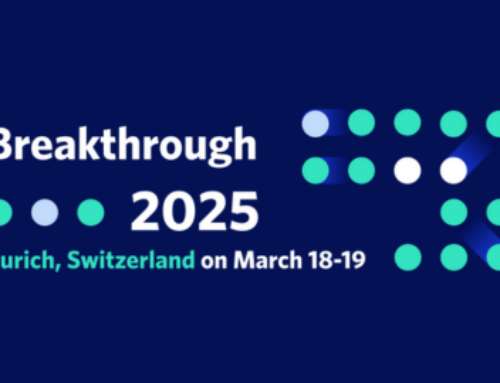This is the third in a three-part blog series on National Pharmacovigilance systems and the role of technology in bridging the gaps in pharmacovigilance of regulatory authorities across the world.
Read our first blog, “Pharmacovigilence with an ‘e’?” and second blog, ““Modern technologies in pharmacovigilance- the way forward for national pharmacovigilance systems” for background information on this discussion.
The major technological difference among countries with advanced, emerging and rudimentary pharmacovigilance systems is often a reflection of the efficiency of the country’s pharmacovigilance system. The countries with advanced pharmacovigilance system are taking innovative steps to improve patient safety including finding newer ways to collect and analyze data by utilizing the technological advancements.
The countries with advanced pharmacovigilance systems are not only ensuring that the data collected is of the highest quality, they are also ensuring that the safety information reaches to the last person in the pharmacovigilance food chain. The countries with emerging and rudimentary pharmacovigilance systems are gearing up for the global scenario, but a lot of it depends on the adoption of newer technologies. For instance, eight regulatory authorities are already using advanced pharmacovigilance tools provided by ArisGlobal.
Advances in technology, such as electronic data capture, real-time monitoring and use of mobile technology, have provided new solutions for effective pharmacovigilance. The robust pharmacovigilance solutions for collection of safety reports, case processing, data management, signal detection and assessment have the capabilities to handle these tasks seamlessly with low resource-requirement and high efficiency. The semi-automation or automation of some of these steps in the case processing workflow can further reduce the manual effort required. The decreased manual effort would allow the pharmacovigilance staff to focus on more important activities that promote drug safety, such as risk communication to the appropriate stakeholders and assessment of risk mitigation strategies.
Statistics for 2015 released by National ICT Accessibility Framework (ITU) place Internet users as high as 3.2 billion, of which 2 billion live in developing countries. This represents a sevenfold increase of 6.5 % in 2000 to 43 % in 2015. Mobile subscriptions are up from 738 million in 2000 to 7 billion subscriptions across the globe. There are 196 countries in the world, and over 120 of these are members of the WHO Programme for International Drug Monitoring. Broadband is affordable in 111 countries, accounting for less than 5 % of a person’s gross national income.
The accessibility of pharmacovigilance systems to the consumers can be an important factor in ensuring safe use of medicines. The access to national pharmacovigilance systems can be expanded through online resources and mobile technologies and by enabling their usability by all stakeholders’ viz. the regulators, the healthcare practitioners and the consumers. As the global connectivity expands through affordable online technologies, via mobile devices, social media, and other online portals, the regulators need to think of novel ways to incorporate them into pharmacovigilance.
In addition to accessibility, the reporting process should be simplified to enable efficient reporting of any drug-related concerns by the public, and appropriate feedback must be provided to keep participants engaged.
The time to educate patients and empower them to contribute to effective pharmacovigilance is now. The future of public health lies in supporting the developing world to establish simple, workable, cost-effective, efficient and easily accessible technologies for conducting pharmacovigilance and for ensuring the safe use of medicinal products.
Regulatory Authorities are increasingly moving up the value chain from being emerging to advanced regulatory authorities by opting for ArisGlobal’s LifeSphere® Safety solutions. Eight regulatory authorities, with seven of them in Europe and North America, are using ArisGlobal’s safety solution as their national pharmacovigilance system, and increasingly regulatory authorities in other parts of the world such as the Middle East and South America are choosing ArisGlobal’s LifeSphere Safety solutions.





